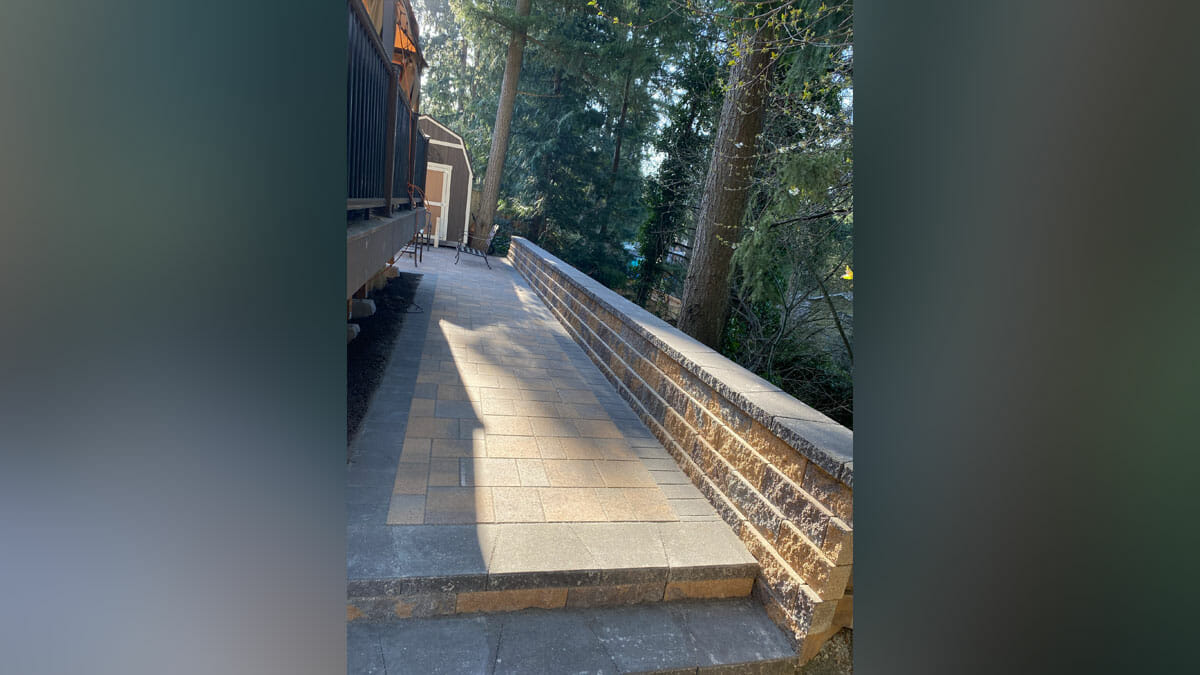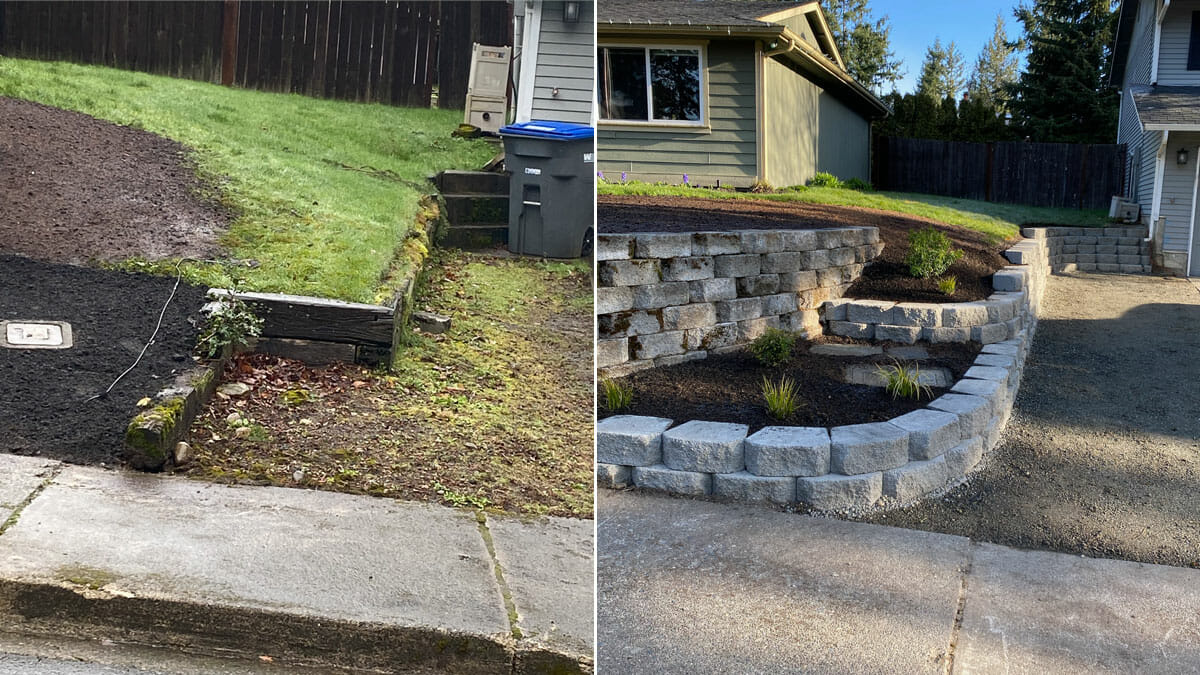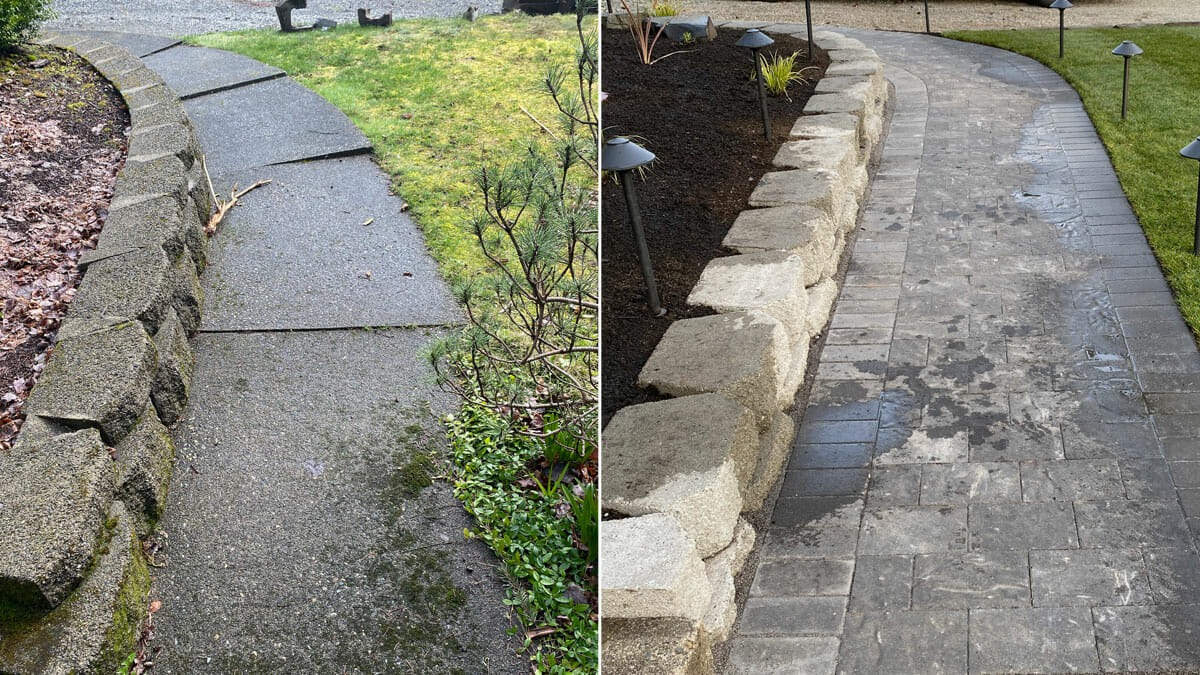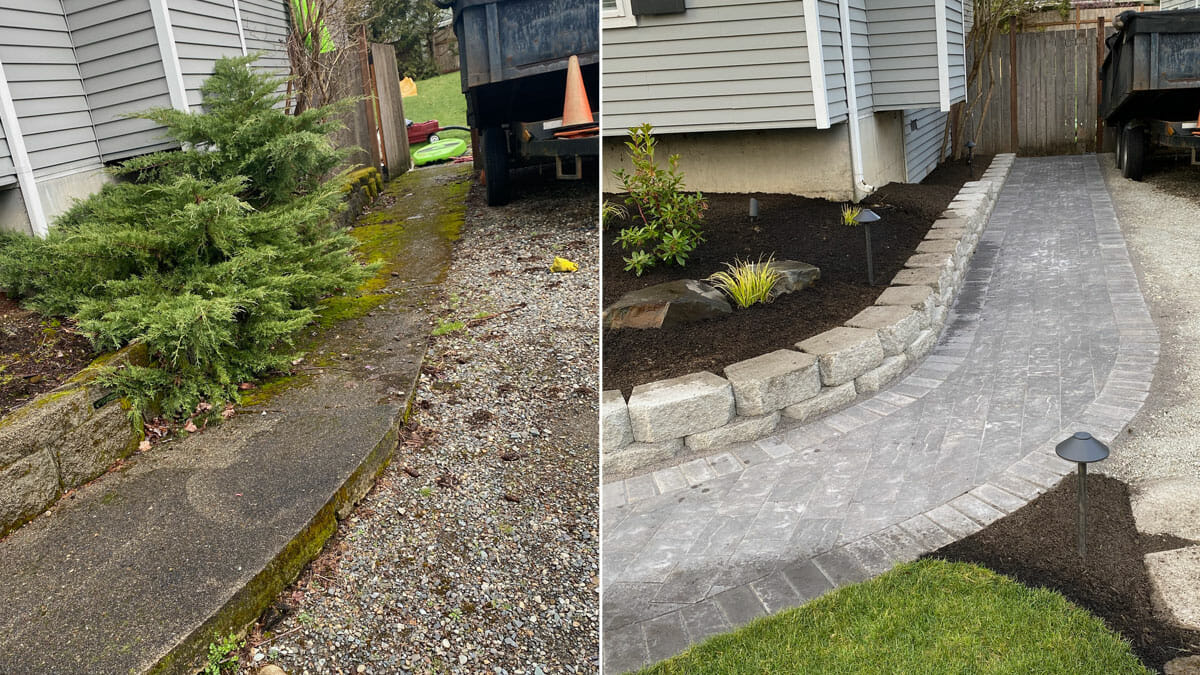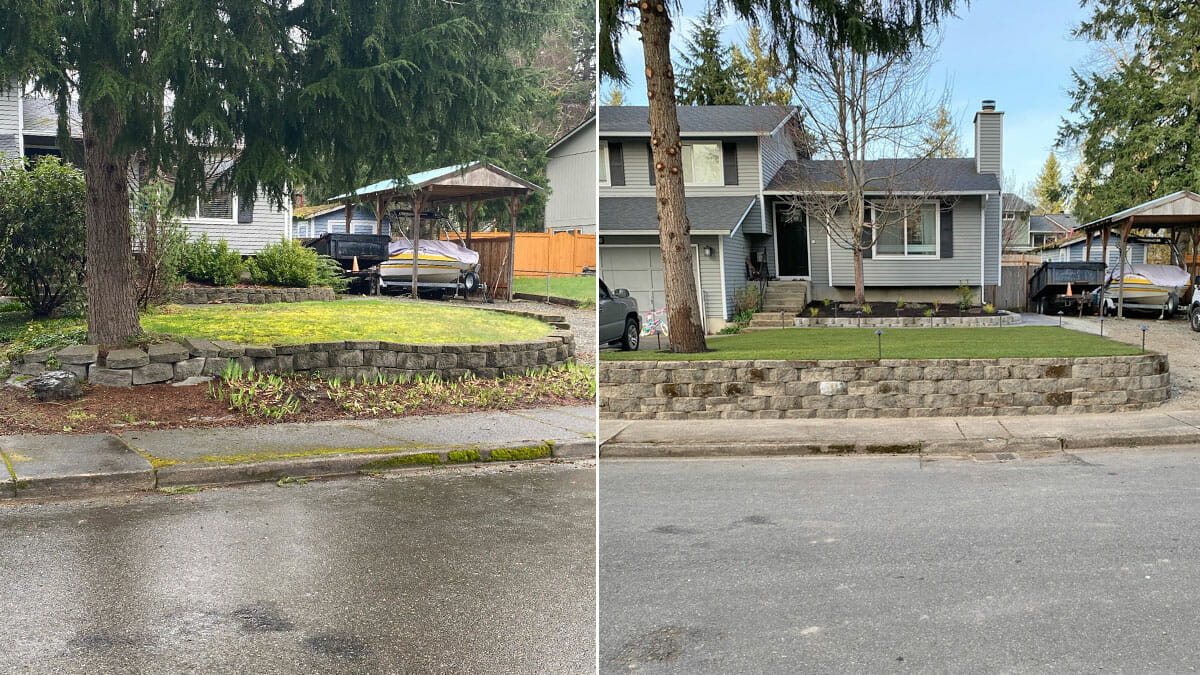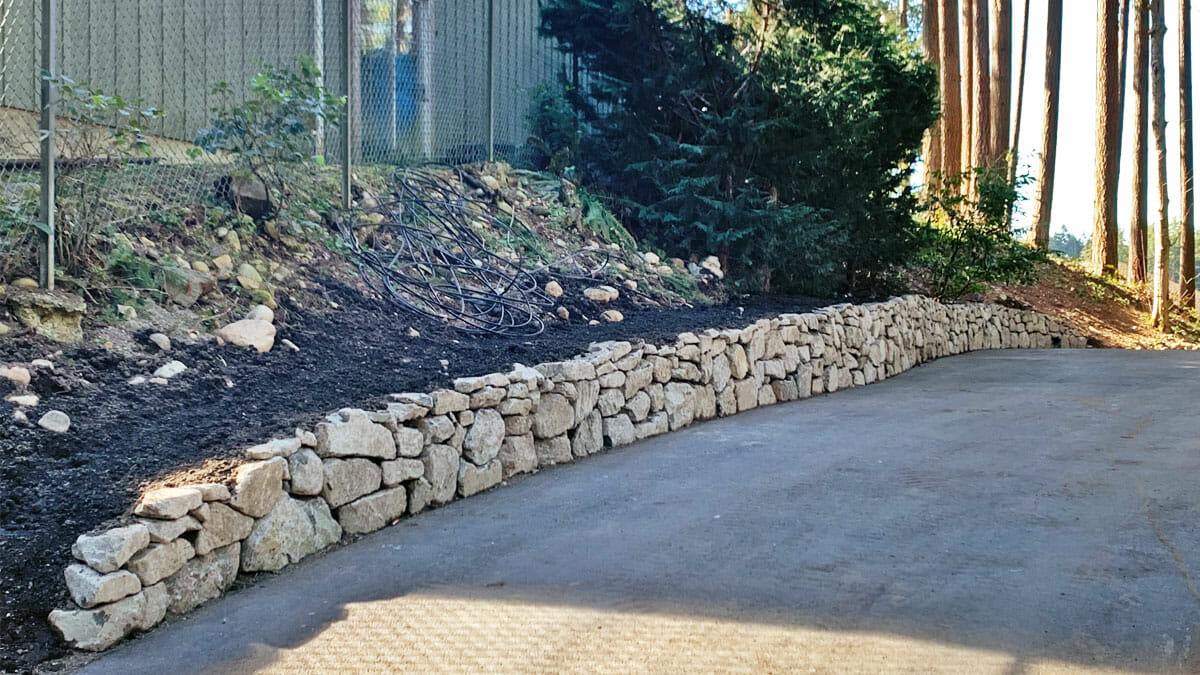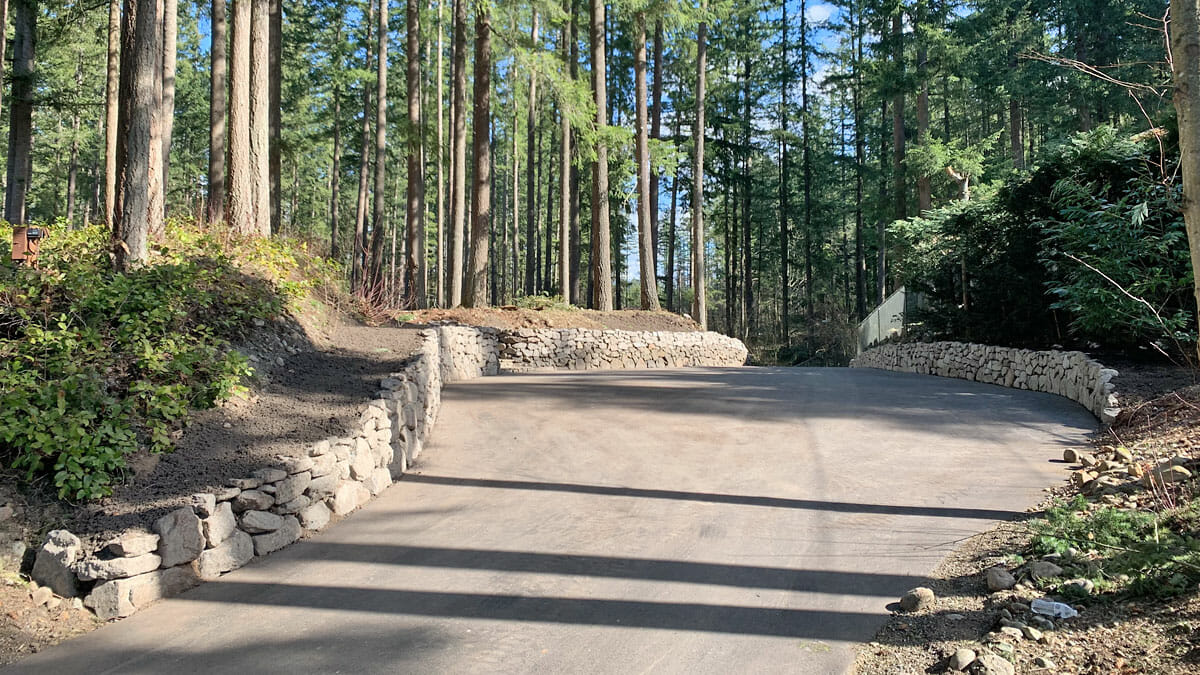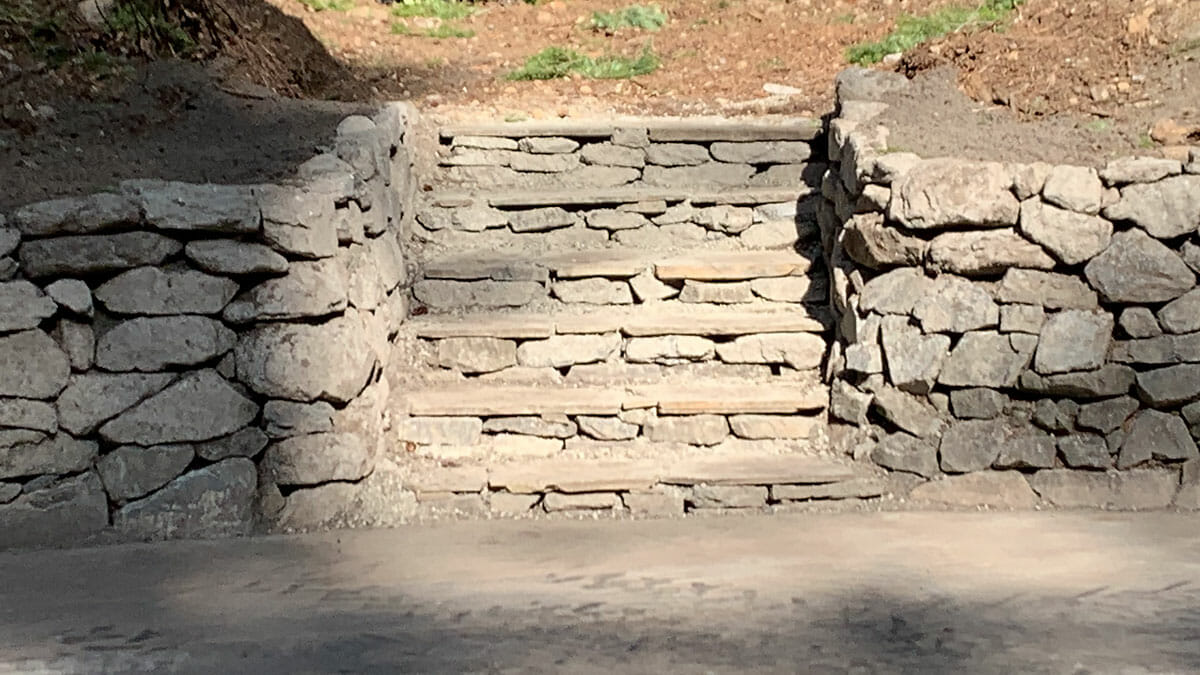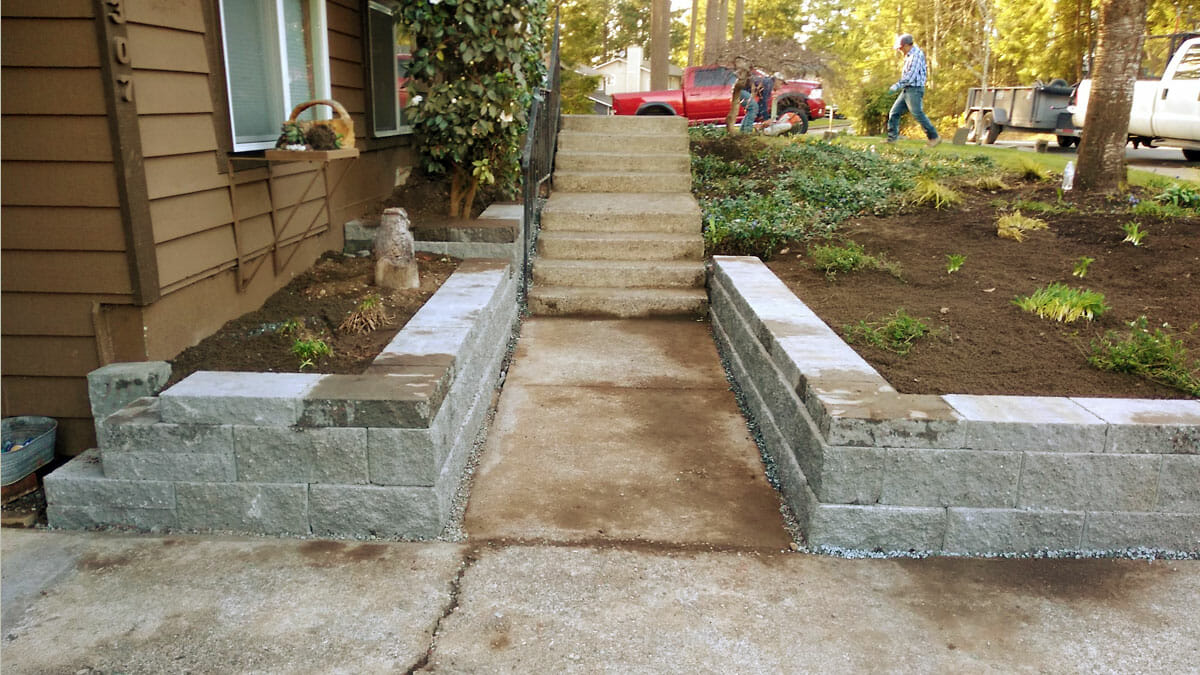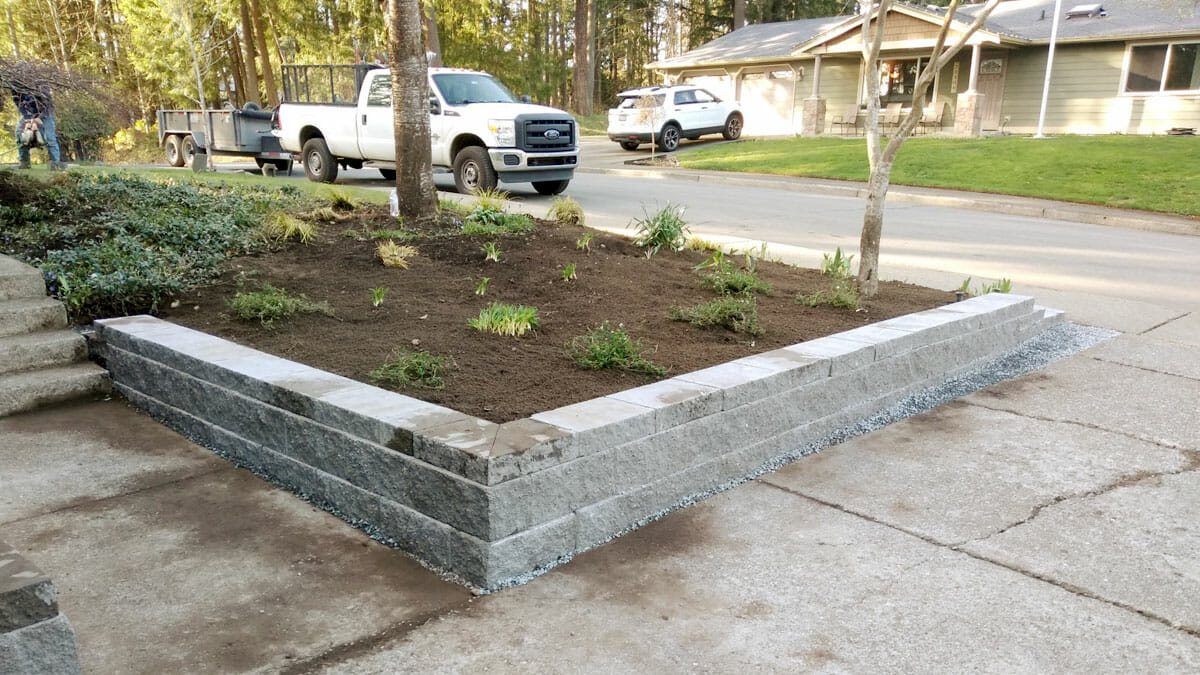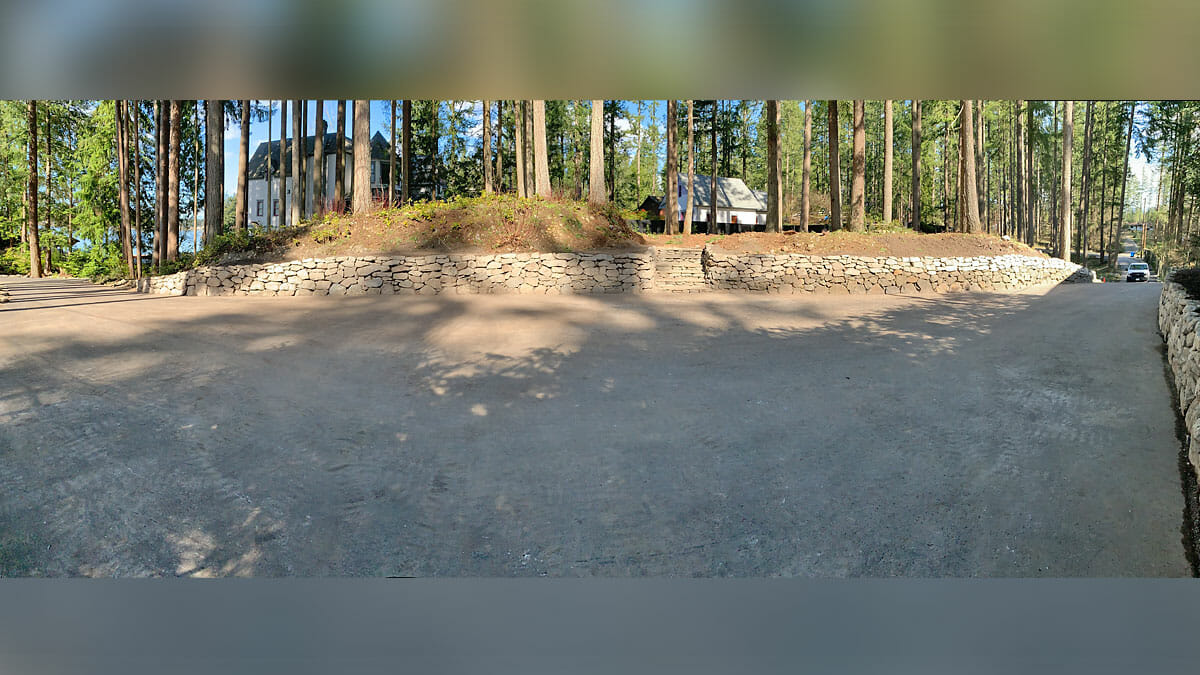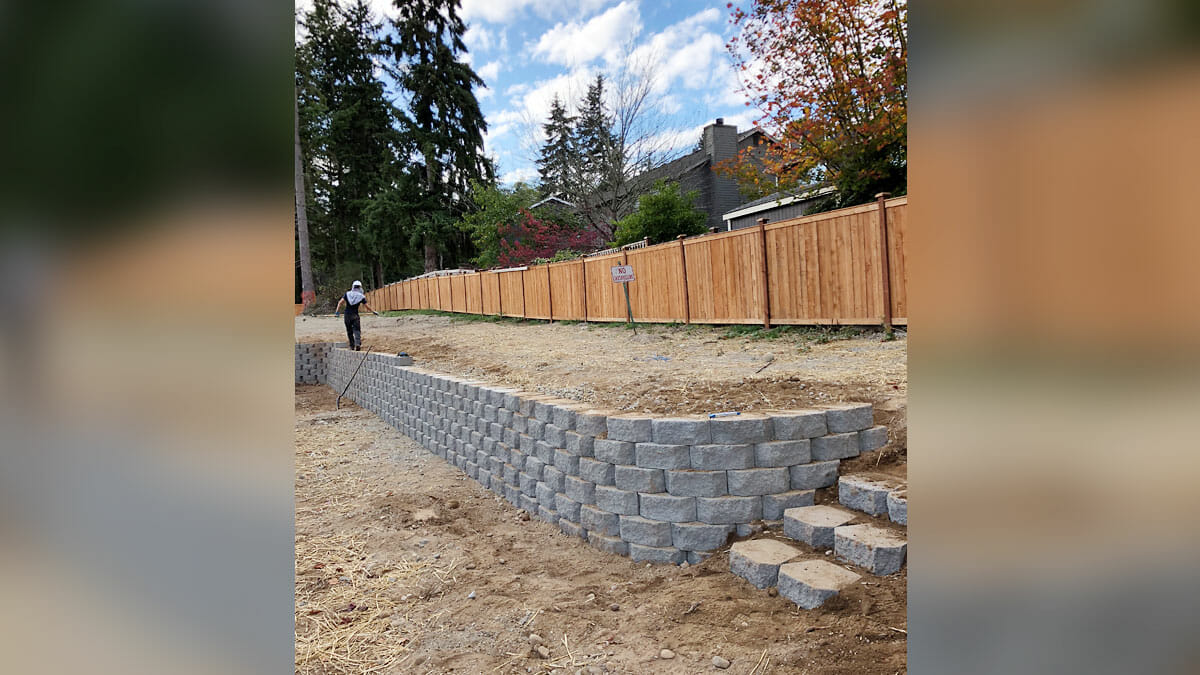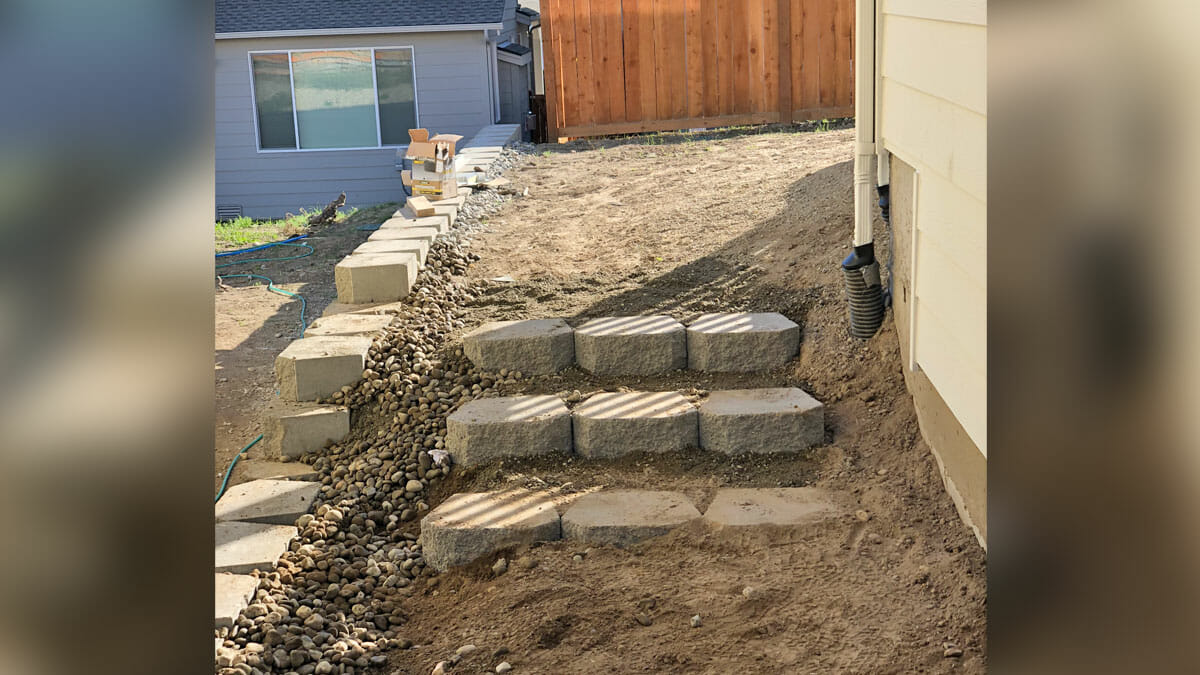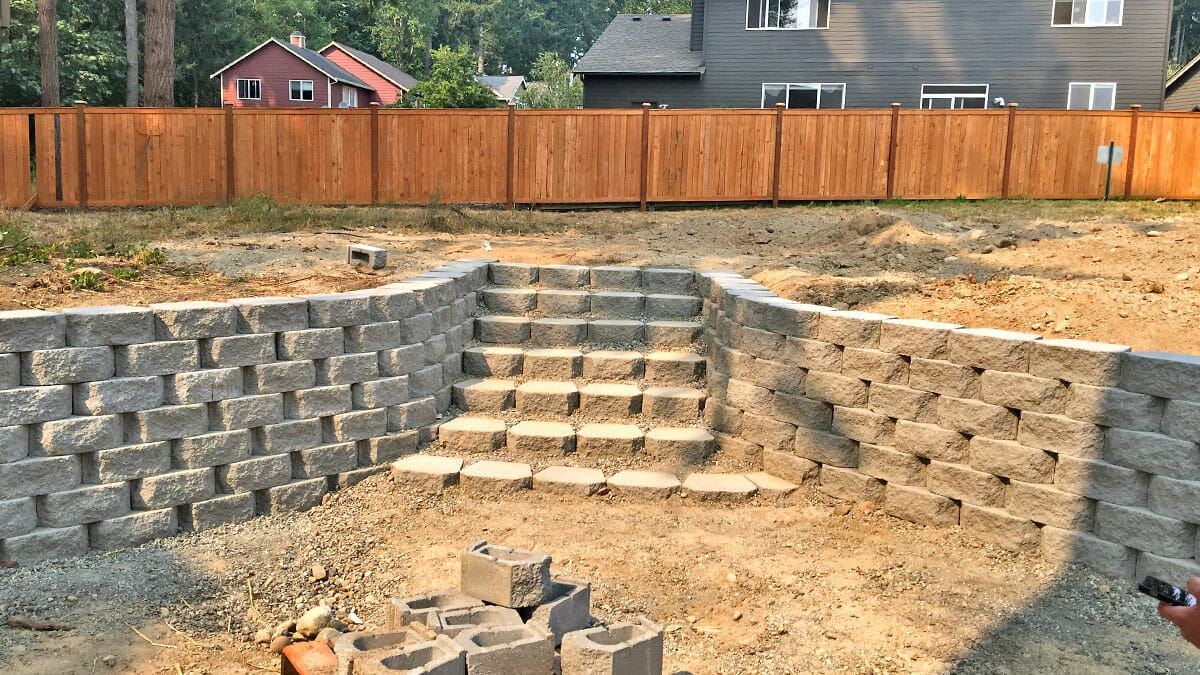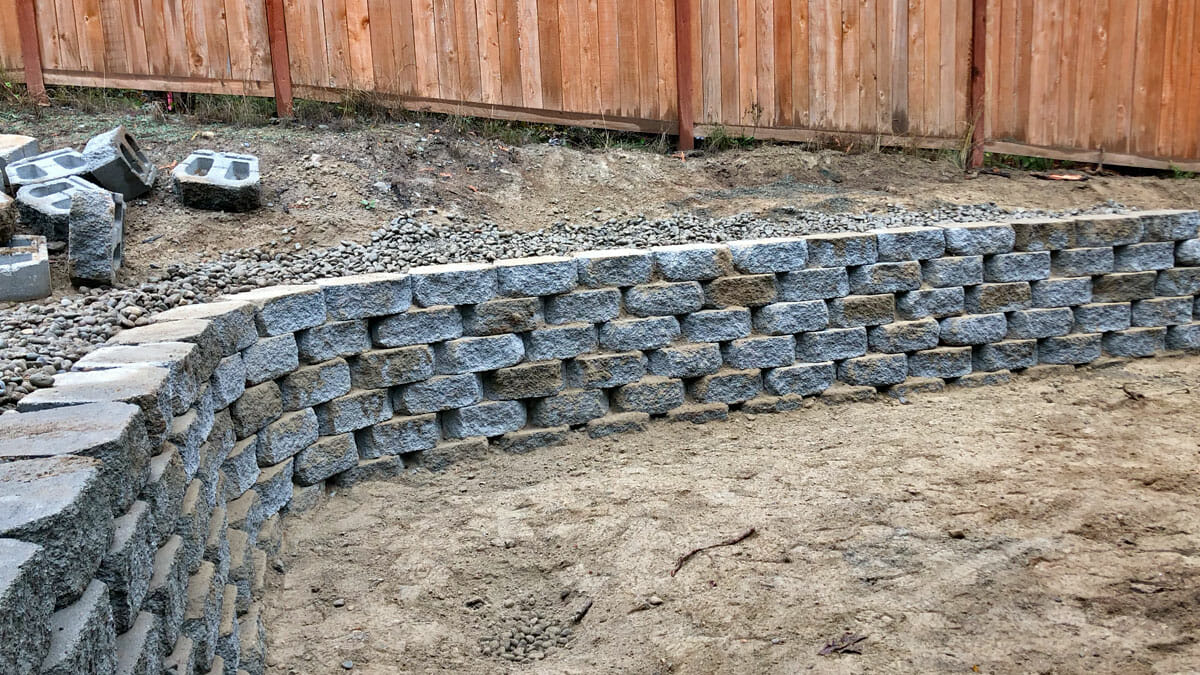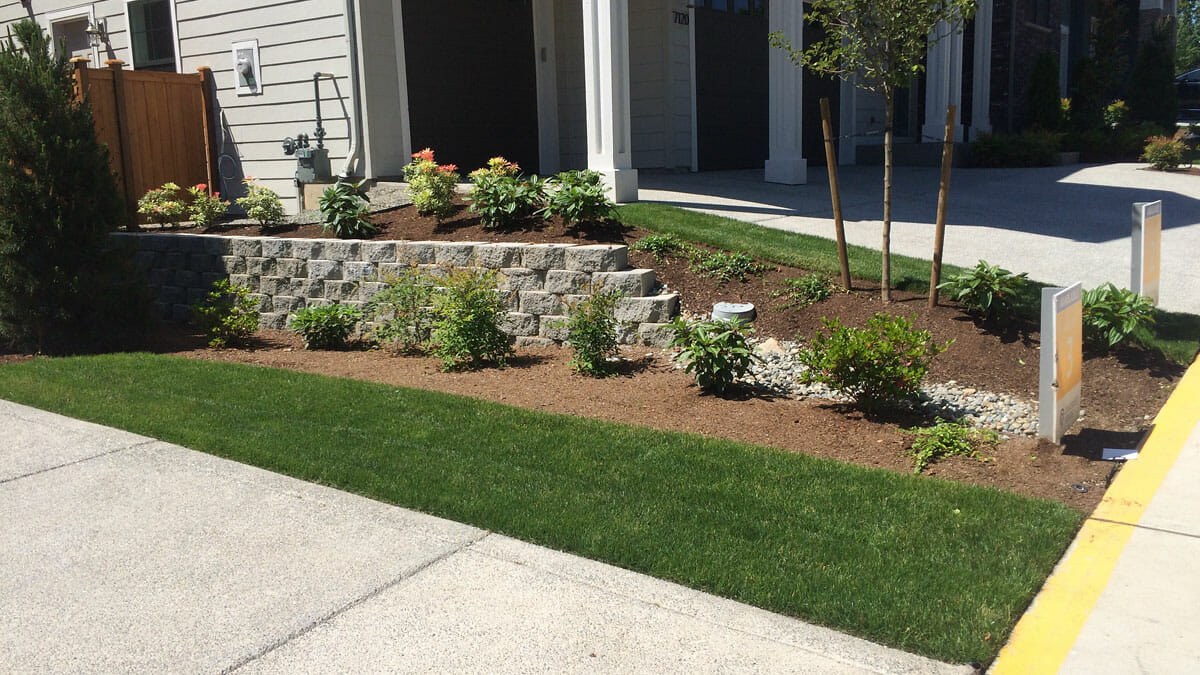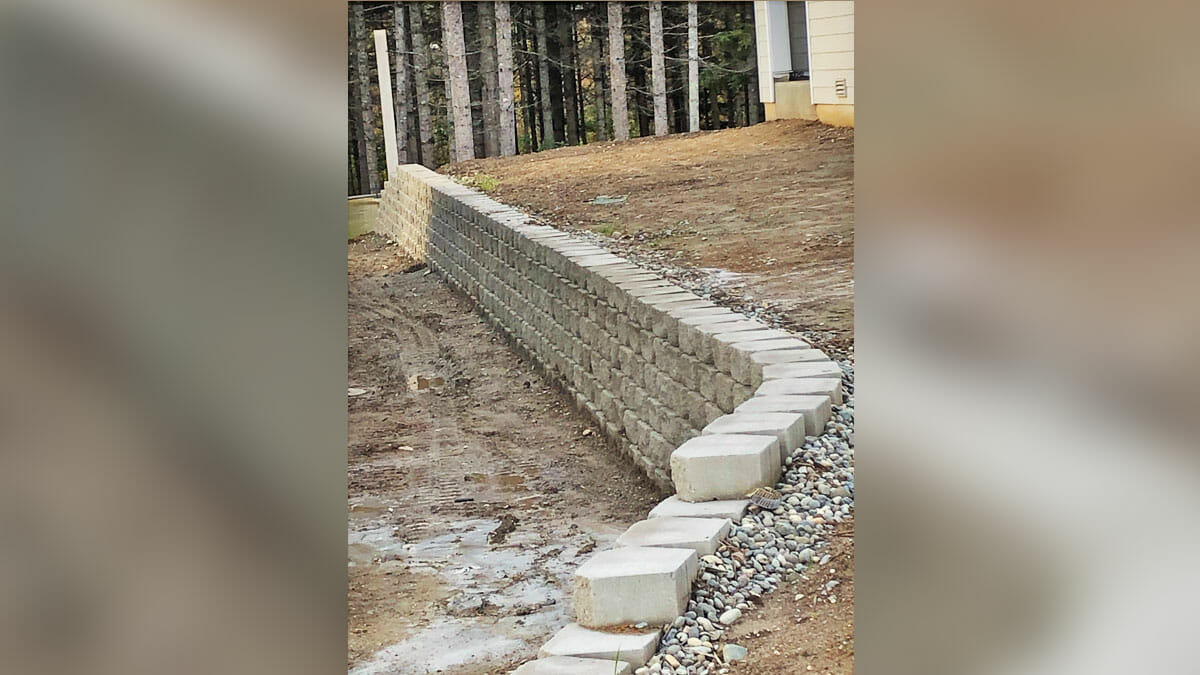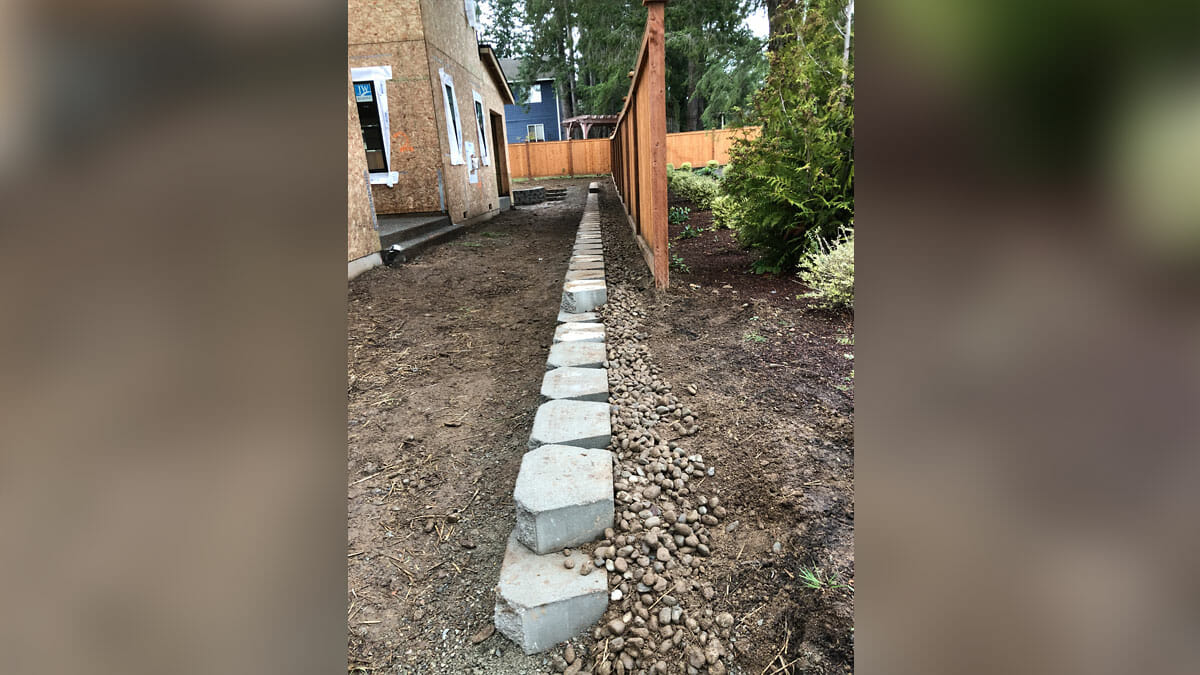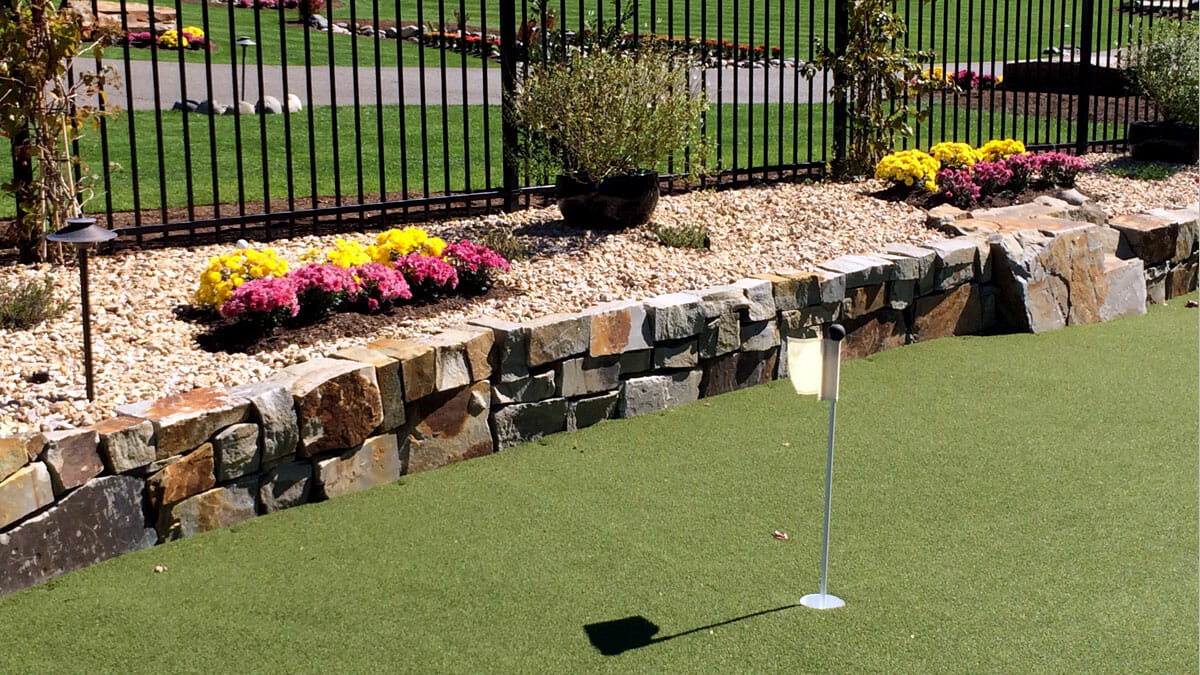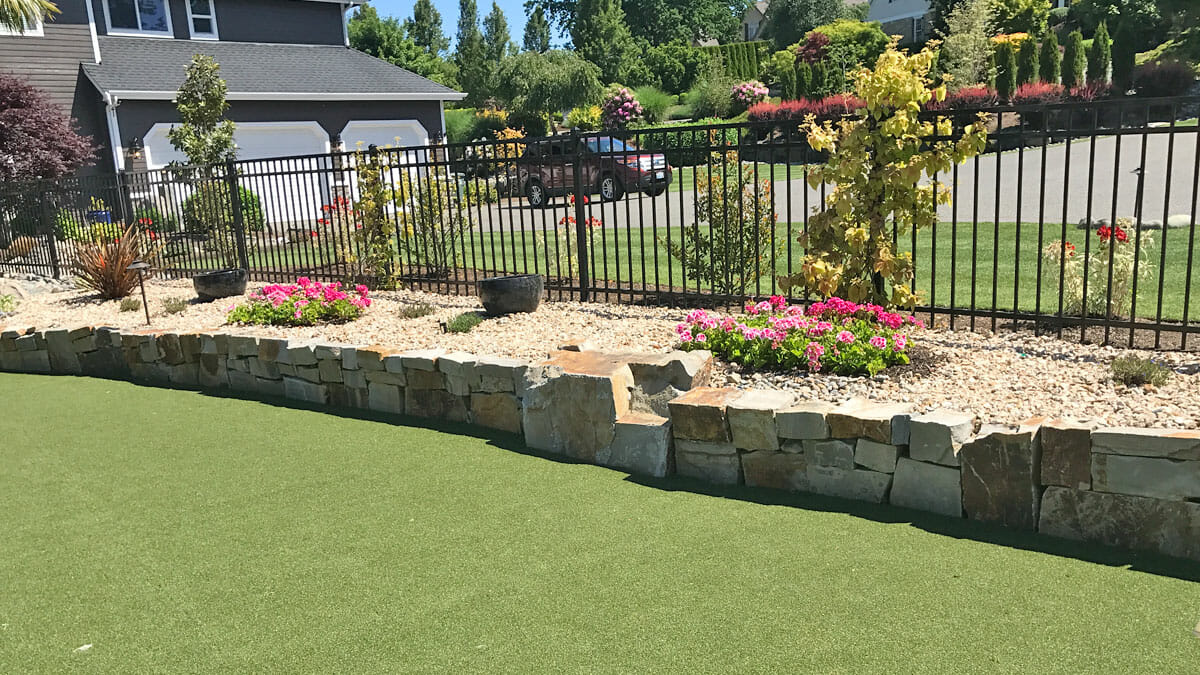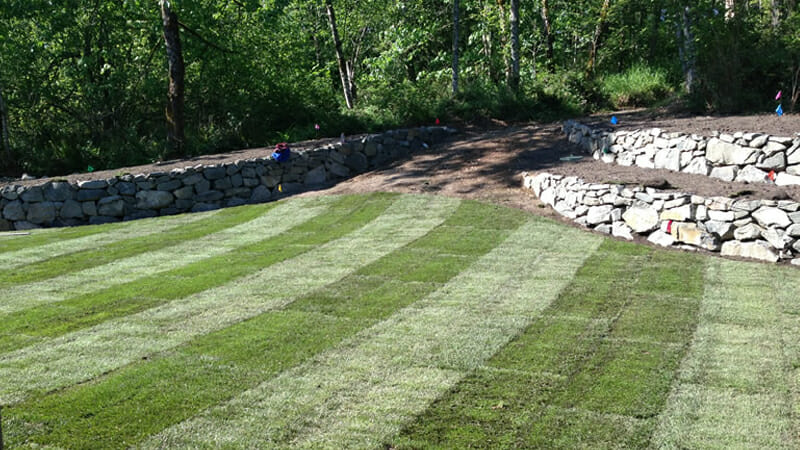How do you know when it’s time to repair or replace your retaining wall? Retaining walls are great for defining your garden or dividing the yard from your walkway or driveway or patio. Sometimes they suffer from problems that need repairs or replacement. We’ll look at why retaining walls fail and the signs you should watch out for.
Signs that your retaining wall needs to be replaced
It is common to see some cracking or leaning in a retaining wall. Generally it’s not a big concern and you can leave it as it is. Though it’s good to keep an eye for more serious signs that indicate it’s time to replace your retaining wall.
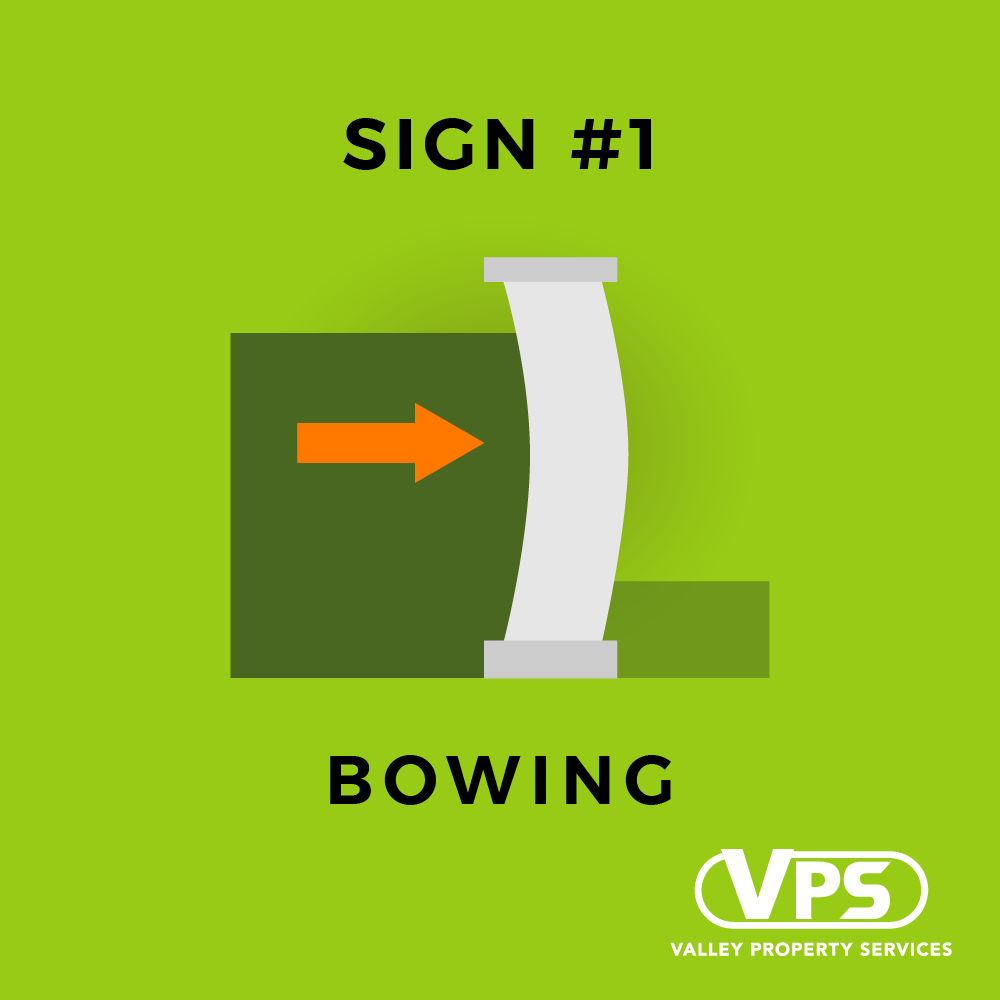
Bowing walls is a sign that your wall is experiencing more weight than it was designed to hold.
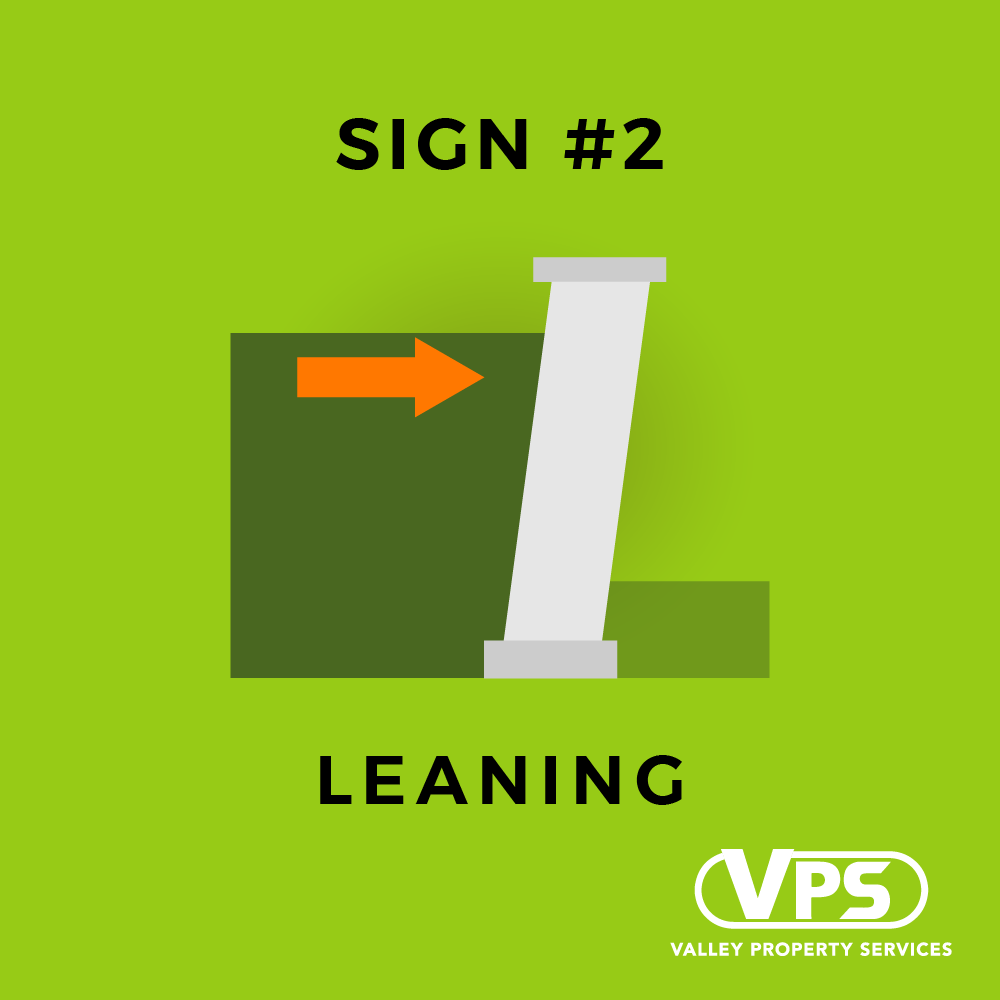
Leaning walls is a sign that your wall was not properly reinforced. This can happen if the footing is too small.
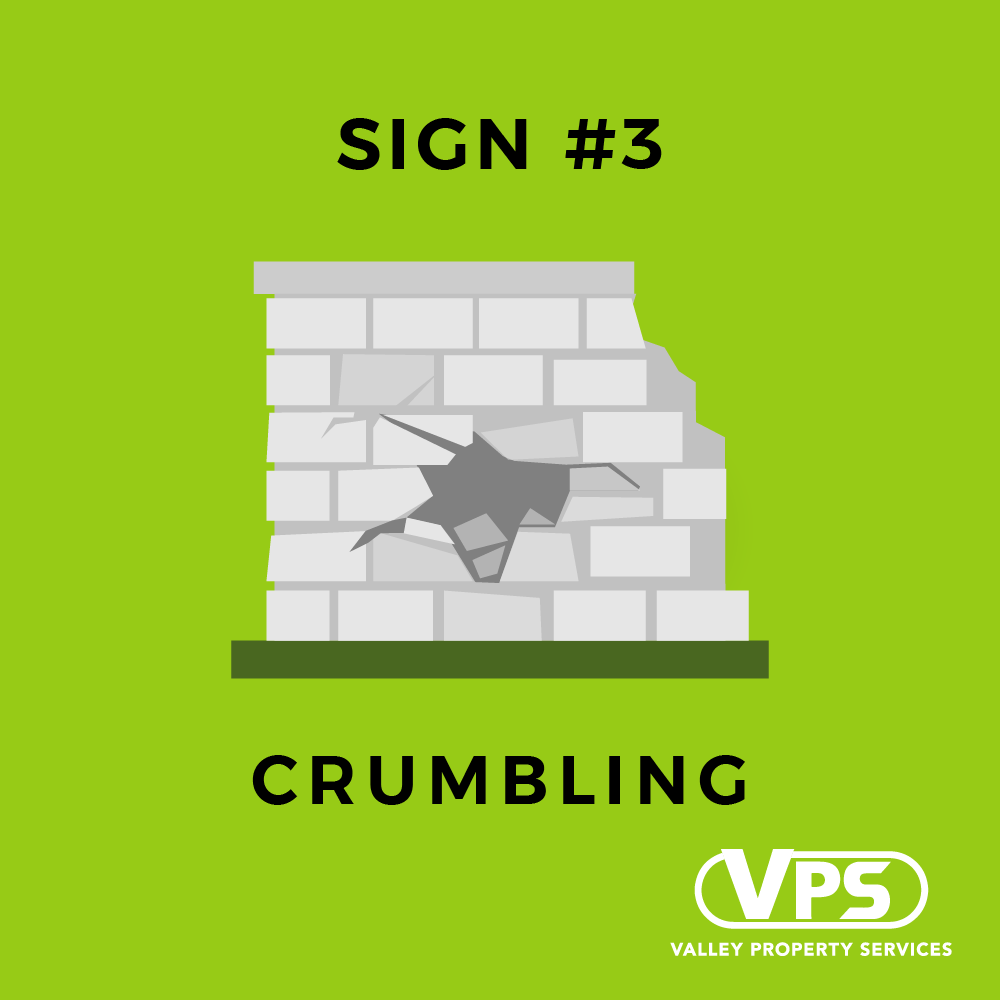
Crumbling walls is a sign that your wall was not properly constructed or not designed to hold the weight behind it.
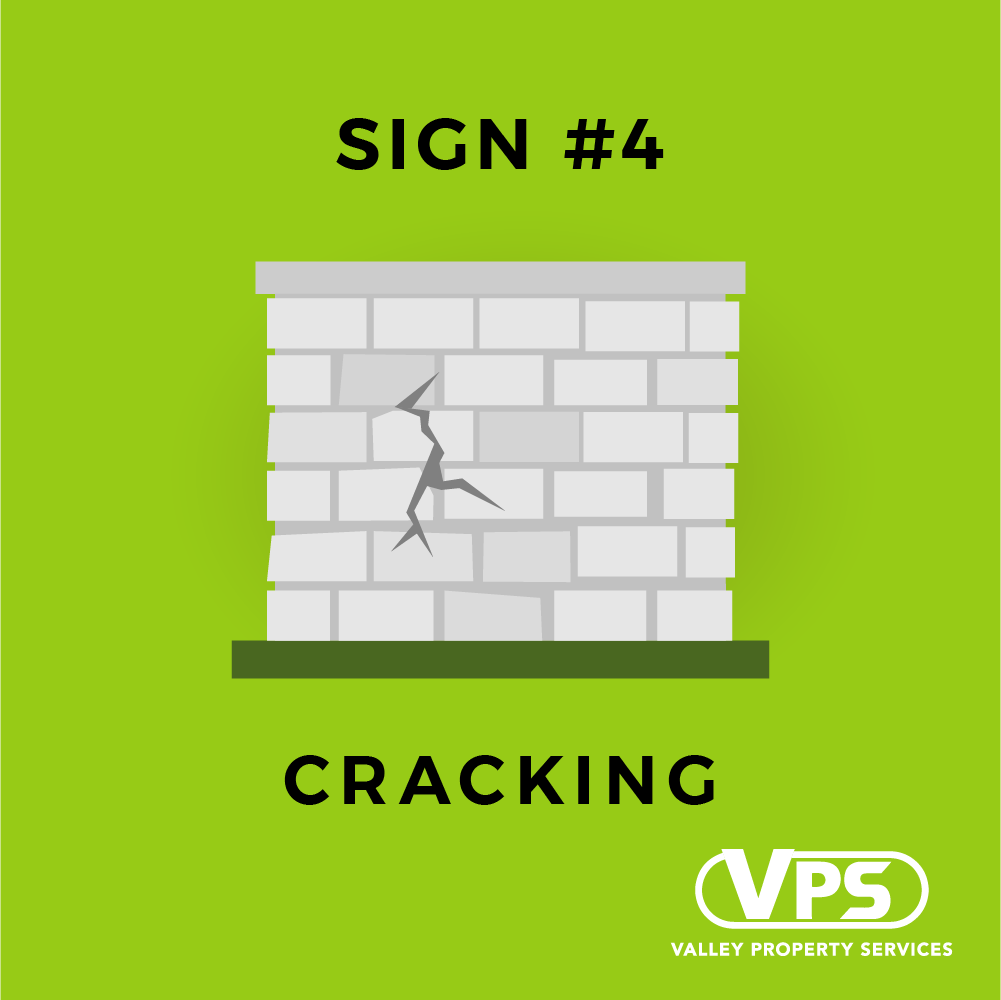
Large, noticeable cracks is a sign that your retaining wall needs to be replaced.
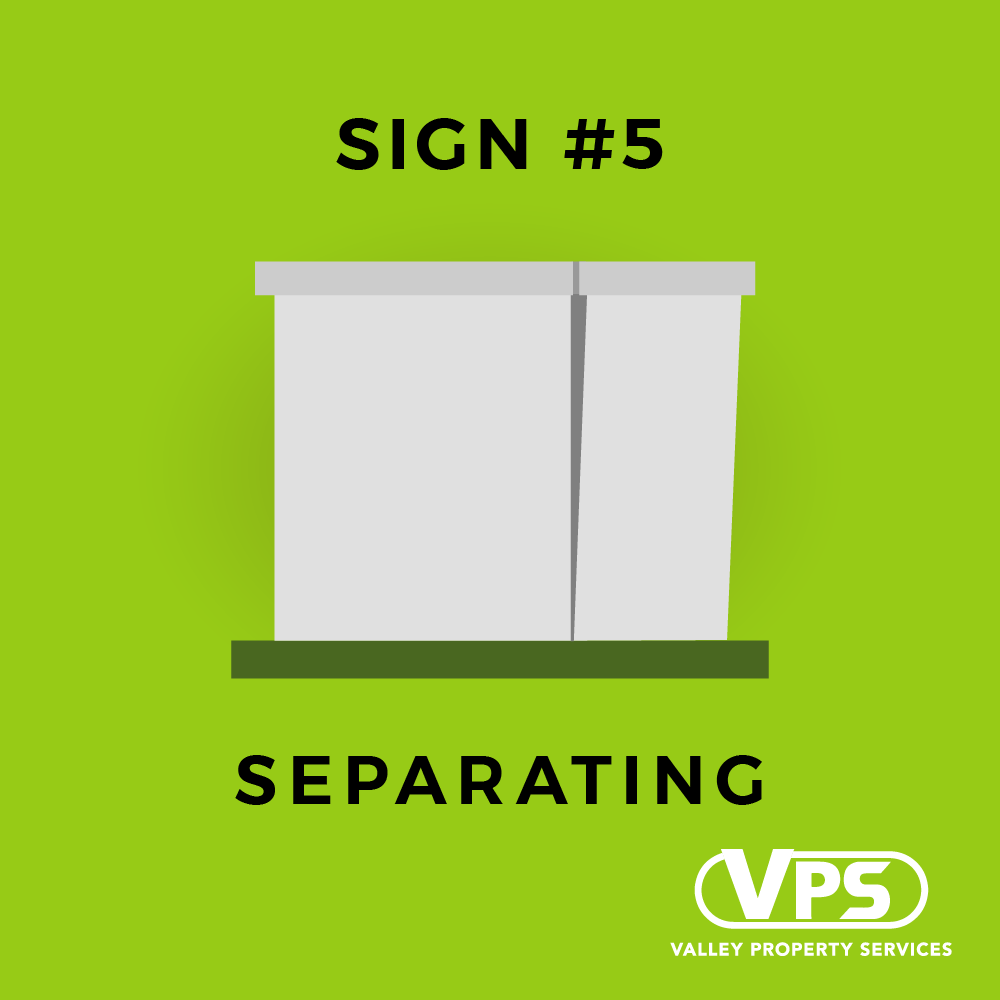
Separation of part of the wall from the main structure is a sign that your wall might collapse. Depending on the severity, you’ll want to repair or replace it.
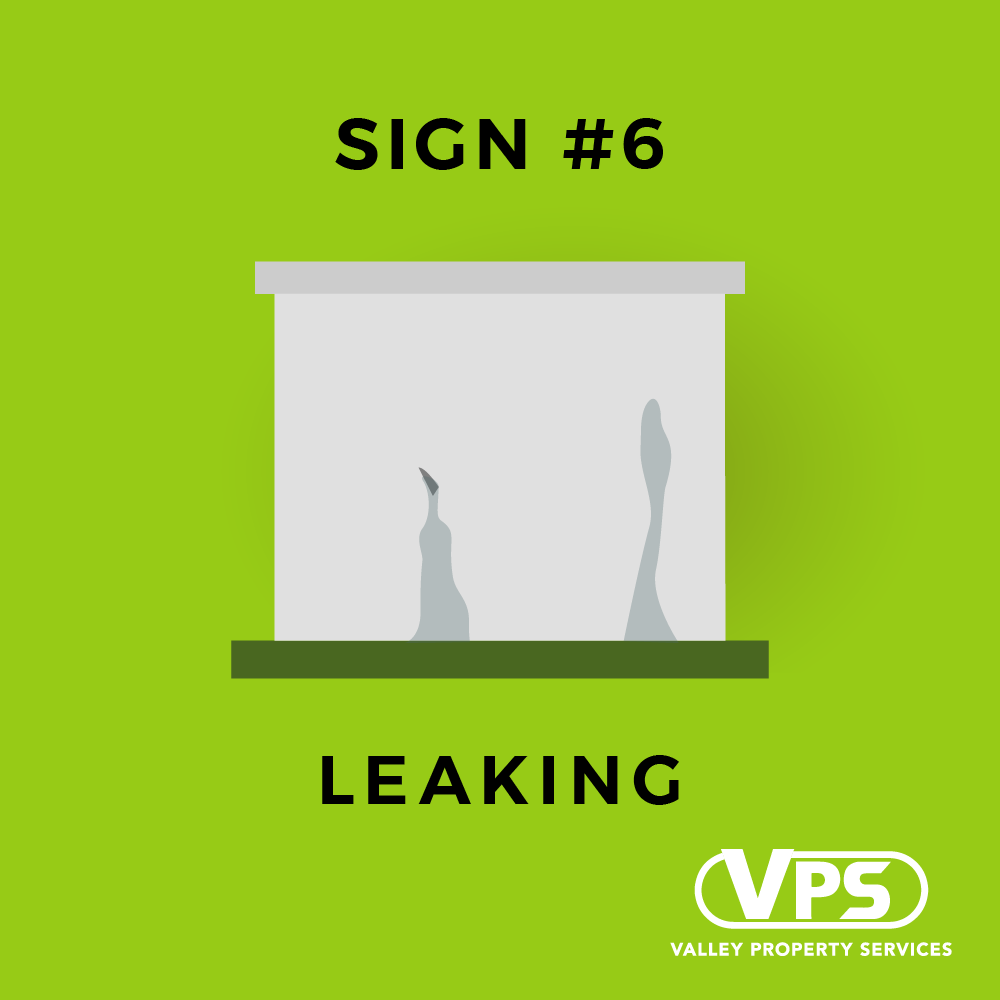
Leaking water is a sign of drainage problems. If you see water trickling at unexpected spots, you should have this fixed before it gets worse.
Why do retaining walls fail?
A beautiful retaining wall can elevate your property, but they can suffer from damage due to four main reasons:
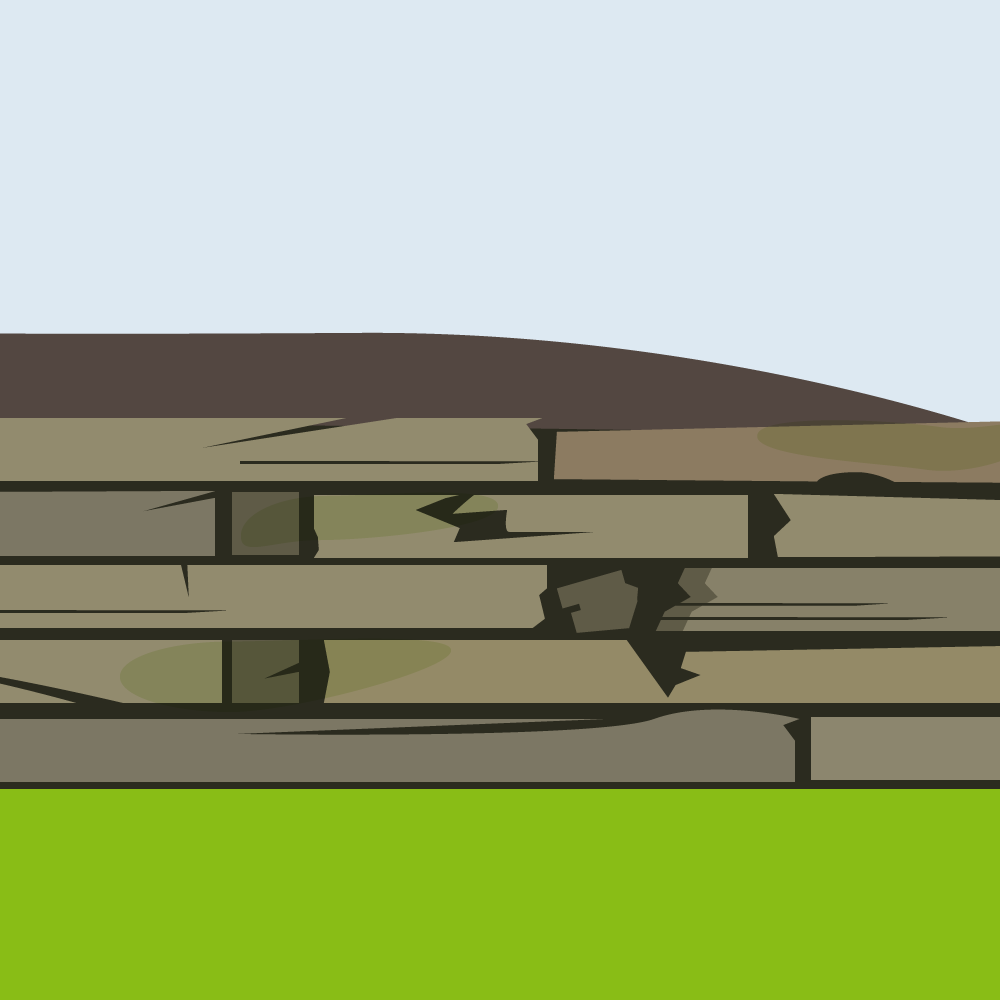
1. Material failure
Material failure is a common problem with retaining walls, and an inevitability with wooden retaining walls.
This is especially true in Maple Valley. We get an average of 57 inches of rain annually (while the nation’s average rainfall is 30 inches). This constant exposure to moisture in the soil makes wood susceptible to damage.
How to fix material failure
Repair with pressure-treated wood. Have a landscape design professional repair or rebuild the affected section with pressure-treated wood. For a longer lasting pressure treated wood, choose pine and fir. Pressure treated pine and fir lasts about 40 years. Western red cedar lasts 20 years.
Replace with masonry. Stone, brick, or concrete-block walls make great replacements as they are strong and long lasting.
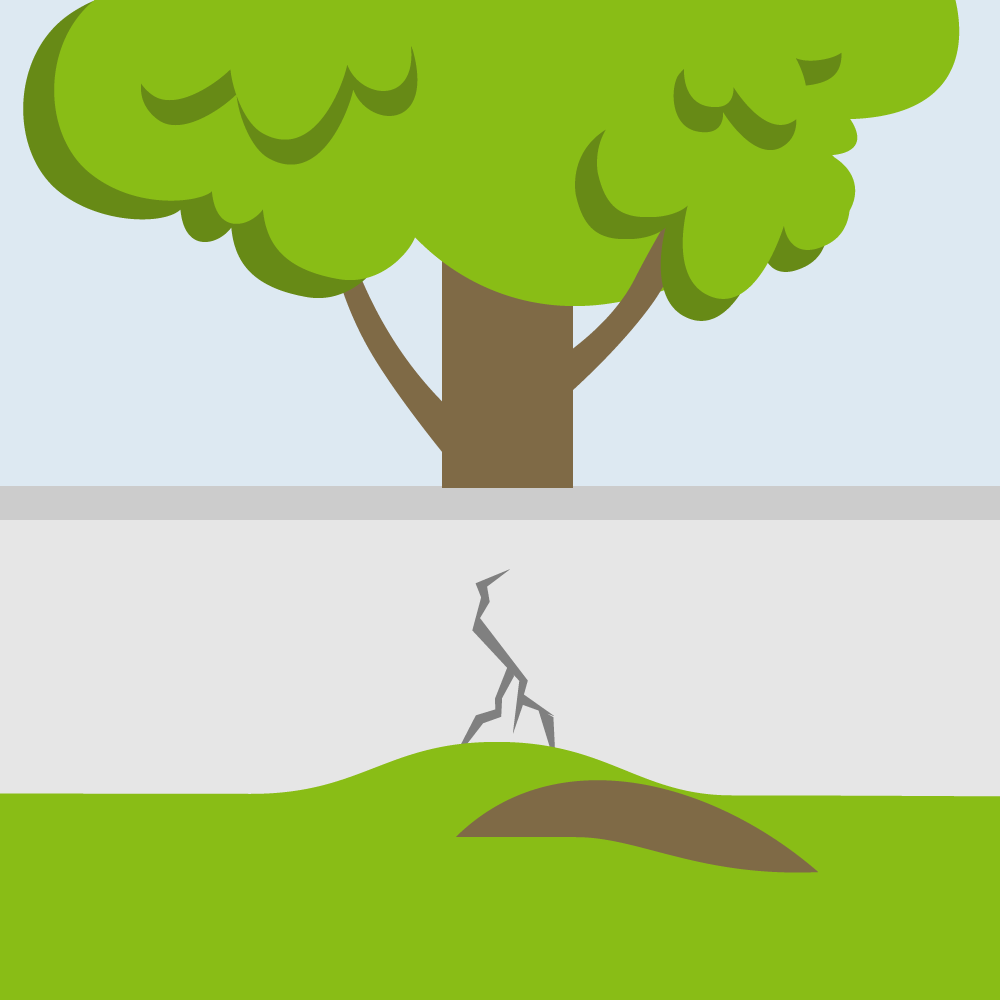
2. Root Damage
Trees or plants with aggressive roots can cause problems. As their roots expand underground, they can grow under the foundation and into crevices. As their roots expand the surrounding structure can crack under the pressure.
How to repair root damage
If possible, plant your trees far from retaining walls. Plant trees at least as far away from the wall as the height you will grow them to. In some cases, you can salvage your retaining wall by simply changing out some unsuitable plants.
Check for signs (see this section) that indicate that your wall needs to be repaired, or contact a professional at Valley Property Services.
Looking to hire professional landscapers?
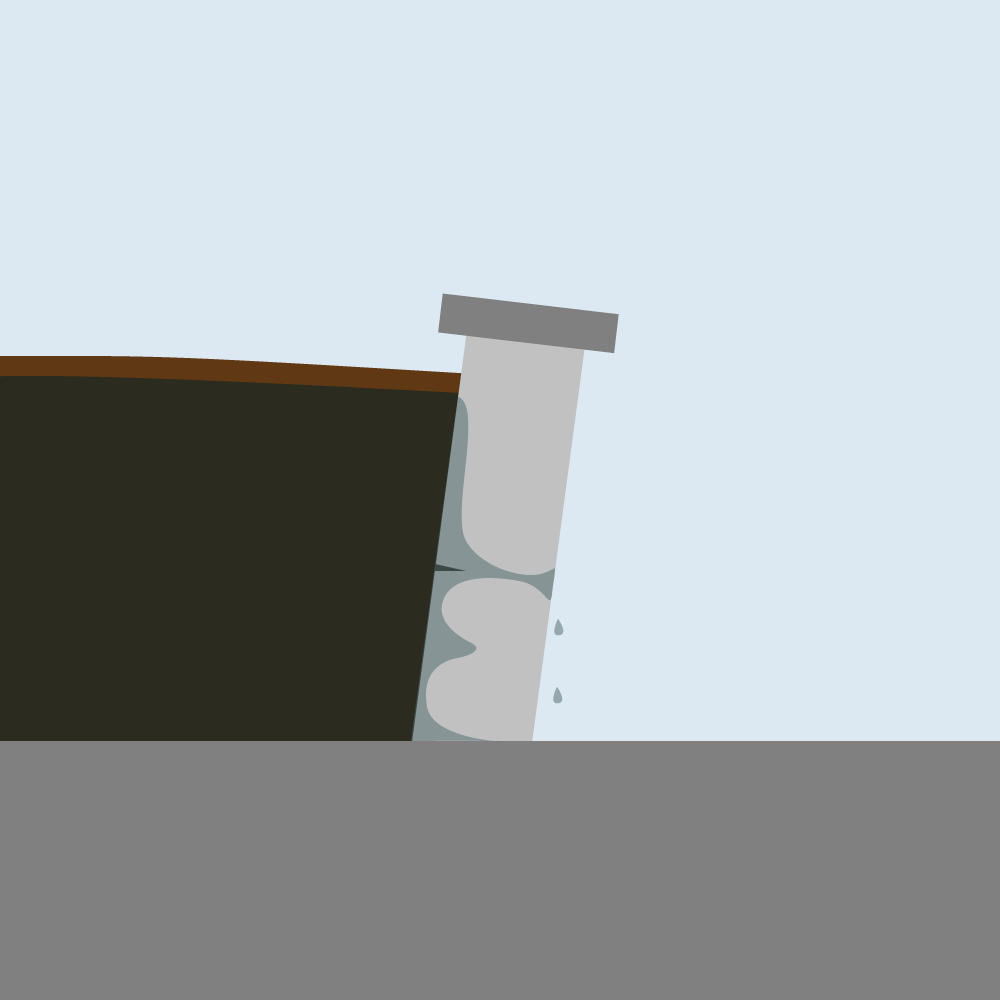
3. Inadequate Drainage
Water damage is a common problem with retaining walls. If water is not drained away from the barrier properly, it can seep into the stonework. The moisture can make the structure unstable and eventually crumble and fall.
Water can also make the soil heavier. This added weight can put a strain on the retaining wall, especially when it isn’t designed to handle the extra weight.
How to fix inadequate drainage
To relieve this, you can regrade the area or build a drainage system to lead the water out and away from the structure.
Backfill the retaining wall with material that drains easily. For example, using crushed and pea gravel for the backfill can also provide proper drainage.
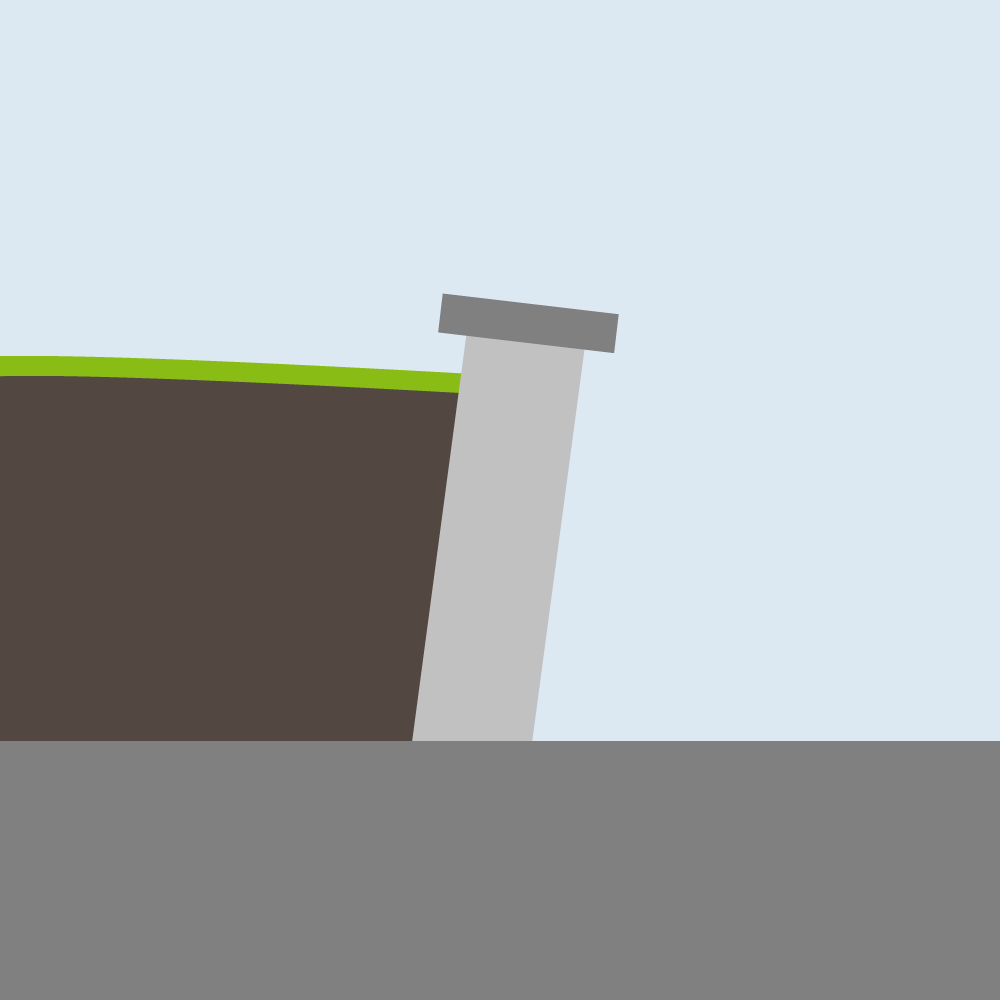
4. Structural issues
Structural issues include lack of reinforcement and foundation footing problems. Without a sturdy foundation, your retaining wall risks the chance of cracking or even collapsing!
How to fix structural issues
Find a qualified landscaper to assess the issue. A site investigation will help find out what is right for the terrain, climate and soil conditions.
For example, a landscaper will properly compact the soil before building the wall. They will make sure the footing is deep enough to hold the weight of saturated soil and in some cases deeper than the frost line.
Tip #1: Let your landscaper know how you plan to use the area to anticipate added pressure to your walls.
Tip #2: Railroad ties were a common material used in the past, but you want to avoid this – especially around gardens, as railroad ties can leach creosote into the soil.
Need Help?
Our Retaining Wall Projects
FAQ
Is there a height limit in the building code?
How much do retaining walls cost?
My retaining wall is leaking water, is this a problem?
Conclusion
In conclusion, if you notice any signs that your retaining wall is failing, contact Valley Property Services as soon as you can. Some problems can be repaired with simple solutions before it becomes more serious.
As Maple Valley’s expert landscapers, Valley Property Services will ensure that your retaining walls are functional and able to withstand Maple Valley’s rainfall!
Get in touch with us today to get your next project started.
Areas We Serve
- King County
- Pierce County
- and surrounding areas!
